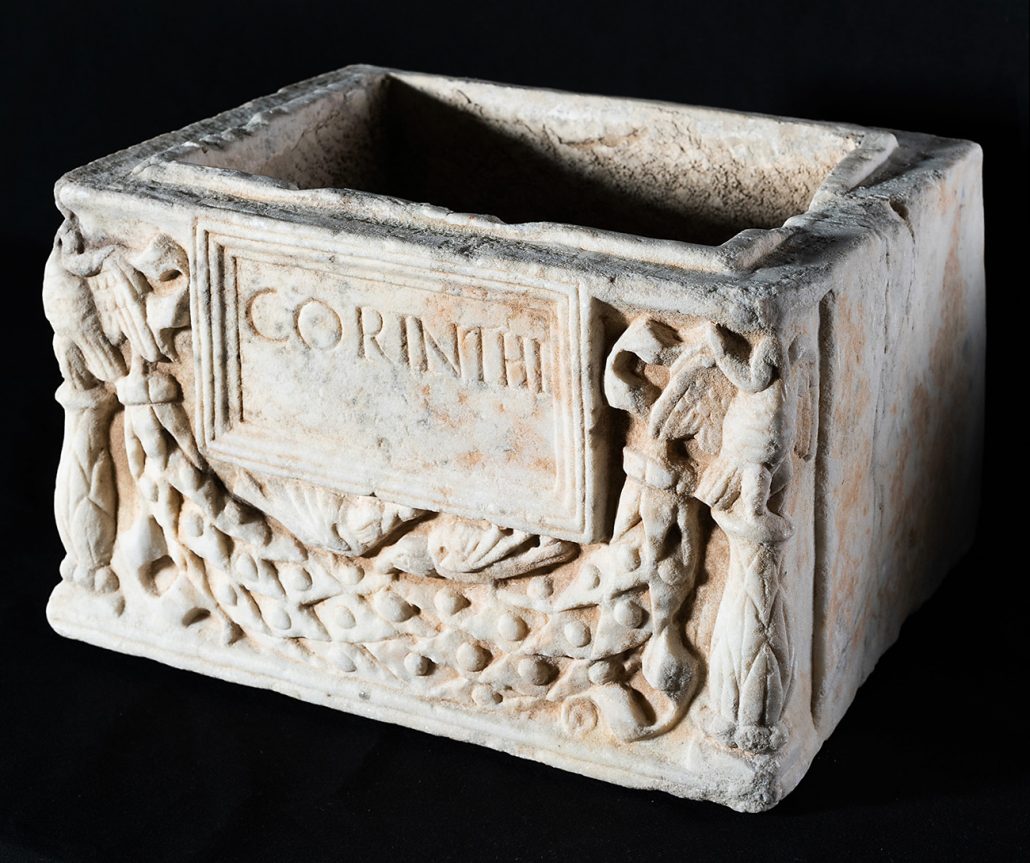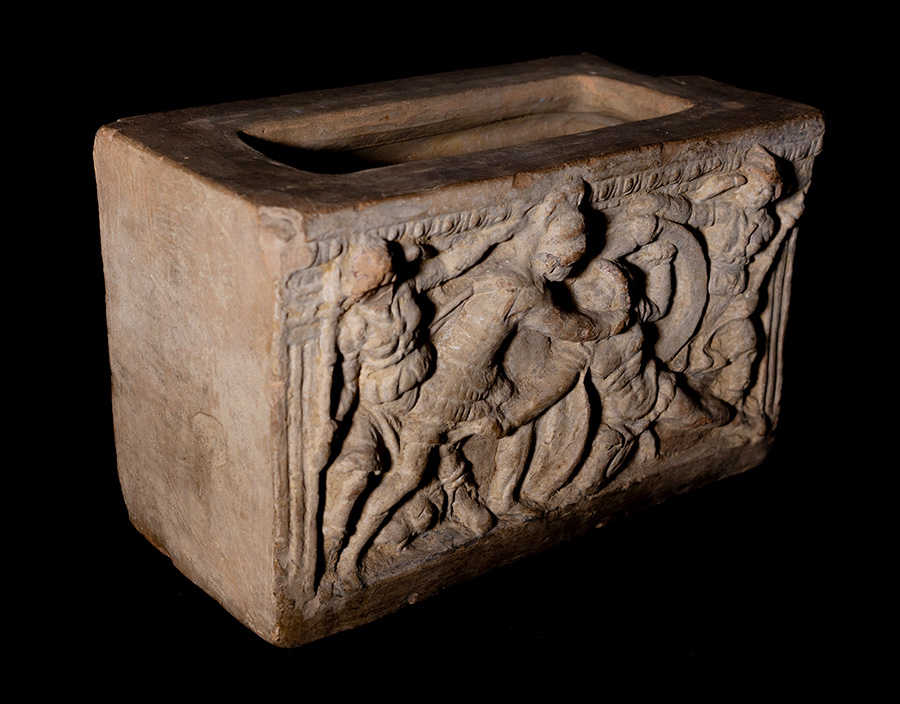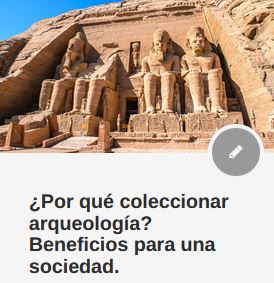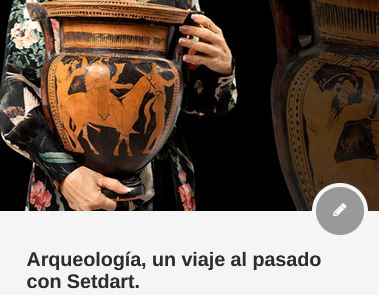Roman urns. Art to honor ancestors
It is common for the perception of contemporary man to distort the realities of the past and in Ancient Rome this happened with great frequency. One of the ideas that has come down to us is that the monuments of the greatest empire of antiquity were within the city walls, and this is largely true: temples, basilicas, libraries, gardens and baths were located in the urban area. However, outside the walls there was another city, the one dedicated to the deceased.
Roman urban planning laws indicated that burial sites had to be outside the municipality for obvious health reasons. Exceptions were rarely made, as was the case of Hadrian or Augustus in the city on the Tiber. Outside the walls we would find a sea of marble, the mausoleums of the aristocratic families, the altars dedicated to the deceased and the funerary divinities. Columbariums of public character and enclosures where to place the pyres and to carry out the funerals. These spaces were ornamented with sculptures of gods and portraits of patrons, reliefs, groves or stone stelae. For all Romans there was a responsibility to their deceased relatives because of the obligation to honor their memory and maintain the natural order and also for a propagandistic function or demonstration of status.
There was a clear intention to show in these monuments not only the affection or link to those who had left, it was also a place where titles or positions were shown, the social position, so it was clear if the deceased was, for example, a patrician, an équite, quaestor or baker. The inscriptions that accompanied the stelae, urns and mausoleums provided a great deal of information about their owners and the lives they lived. They are, therefore, of fundamental relevance to the study of this civilization.
How did the Romans bury themselves?
This is a very broad question. The Romans were a people who incorporated traditions from different cultures throughout the empire. For example, the closest, that of the Etruscans and their sarcophagi in the shape of the human body. The influence of the Greek world brought the rite of cremation, one of the most widespread. After cremation, the Romans placed the remains in an urn like the one shown below (lot 35246361). They also used to deposit them in pieces of other ceramic formats such as hydrias or reused vessels. The urns also had the function of ossuaries, that is to say, they served to receive the skeletal remains after a considerable period of time had passed. These two were the most common practices within the Roman culture, however we find examples as disparate as the continuation of mummification in Egypt or the mass graves for the less favored classes.
The materials could vary according to the client’s budget, but there is an intention to ensure the durability of these objects. Stone sarcophagi, urns and marble ossuaries are those that have most commonly come down to us. However, it is logical that many of these pieces were of equally elaborate ceramics and also with an artistic care and relevance as could be the Etruscan example (Lot 35246354).
Roman funeral rites were part of one of their identity signs and defining features of their most ancient values and traditions (including those of the conquered peoples). The artistic expression on the urns in this case, either by reliefs, scenes, ornaments or inscriptions, indicate the importance of them within their culture and is living proof that they have come down to us, the intention to endure the passage of time.








